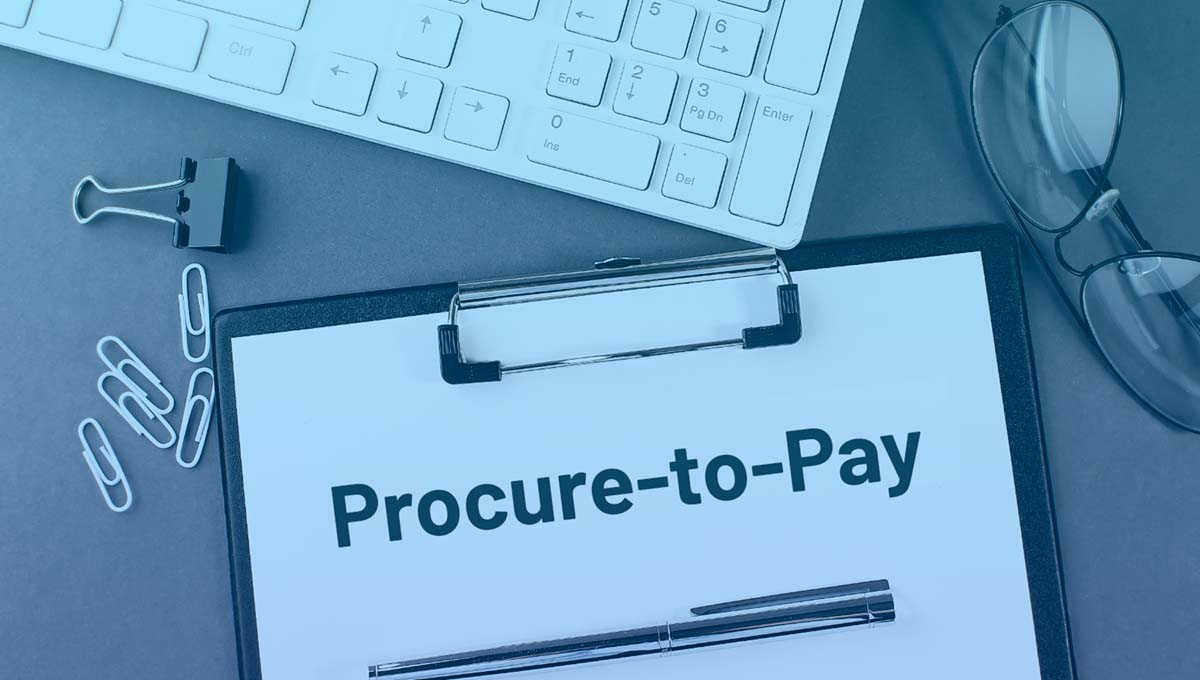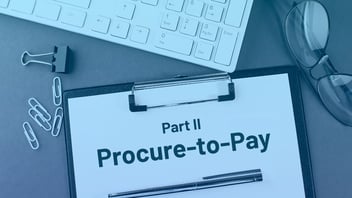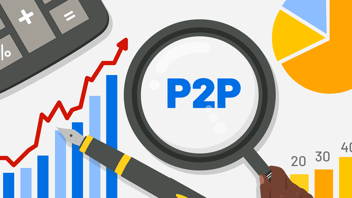Juggling siloed, disconnected systems such as accounts payable, purchasing, spend management, and order tracking are inefficient and waste time and money. By integrating those functions through the use of a procure-to-pay (P2P) platform, R&D procurement can positively impact the bottom line in two main ways; by improving efficiency and reducing costs. In this article, we’ll focus on how procurement digitalization via a P2P system can boost the bottom line by improving efficiency.
6 ways procure-to-pay improves efficiency
- Reduce purchase order cycle time. A procurement key performance indicator (KPI), purchase order cycle time measures how long it takes to go from purchase requisition to purchase order. Top performers use P2P automation to cut purchase order cycle time from days to hours.
- Reduce invoice cycle time. An accounts payable KPI, invoice cycle time measures how long it takes from invoice receipt to payment. The majority of accounts payable’s time is spent processing a small number of invoices. Procurement digitalization offers invoice matching,
- Reduce vendor onboarding time. There are key pieces of information needed from a new supplier, such as contact information, tax ID, remittance information, and more. Automating as much of this process as possible reduces data entry errors, establishes consistency amongst vendors, and frees procurement’s time for more strategic matters.
- Stronger supply chain management. Life sciences and biopharma organizations can’t succeed without the lab supplies necessary to perform mission-critical experiments. Thus, a stronger supply chain characterized by fewer disruptions in supply procurement is essential. Digital procurement can help forecast demand with spend analytics, more efficiently add new suppliers, and monitor budget utilization.
- Better order tracking. Lab managers spend hours each week on orders and returns. P2P combines the processes that previously took place in emails, spreadsheets, and phone calls into one transparent workflow. Suppliers can input delivery and tracking information, allowing for requisitioners to easily check on their own orders.
- Enhanced supplier relationships. P2P systems reduce overall time to payment, which goes a far way towards improving supplier relationships, sometimes resulting in more favorable payment terms. Spend analytics data helps sourcing identify maverick spend, which can potentially be directed to preferred suppliers.
In addition to P2P, many biopharma organizations are also turning to an eCommerce marketplace, such as ZAGENO, to realize even greater efficiency and a more substantial impact to the bottom line.




